I was not, at the time, familiar with the term “foodshed,” which was coined by Kloppenburg at the University of Wisconsin Madison. The term parallels that of a watershed, and as he puts it, describes the socio-geographical space from which our food comes from. “The foodshed can provide a place for us to ground ourselves in the biological and social realities of living on the land and from the land in a place that we call home”.[1]
With that in mind, I set out in my little red Prius from my home in St. Paul to find the White Earth Land Recovery Project (WELRP), a non-profit organization situated in the small town of Callaway, Minnesota on the White Earth Indian Reservation
The White Earth Land Recovery Project formed in 1989 in response to land-based rights struggle. WELRP facilitates the recovery of the original land base of the White Earth Indian Reservation while preserving and restoring traditional practices of sound land stewardship, language fluency, community development, and strengthening our spiritual and cultural heritage. [2]
Located in an old converted school, the WELRP office stood out amongst the modest houses and run down shops along the main road. Upon arriving, I bumped into one of my contacts, Bob Shimek, the current Executive Director of WELRP. A tall man with a ponytail and a wide-brim hat, Bob’s presence is easily felt – he is methodical and deliberate when he speaks, and it is clear that he is well respected in the community. Despite his intimidating demeanor, Bob has a good sense of humor and a big laugh. He led me to the school’s gymnasium, which had been converted into their production and distribution center. It held rows of shelving units filled with merchandise including Native Harvest soups, jams and preserves, handmade birch bark crafts, books on indigenous food sovereignty and the Ojibwe language, wild rice, or Manoomen, and maple syrup.
Bob introduced me to one of the interns, and asked if I would be willing to help her set up for the foodshed mapping at the community center. I agreed and we headed to the little Village of White Earth. I was in charge of setting up the snacks and coffee.  This consisted of opening several bags of potato chips and pork rinds, which are delicious crunchy little salty pork flavored goodies, opening the plastic package containing small single serving pies with cherry filling and donuts, making coffee, and putting out the creamer and some sugar packets. Eventually attendees began trickling in, grabbing paper plates full of treats and pouring themselves coffee before settling in for the meeting.
This consisted of opening several bags of potato chips and pork rinds, which are delicious crunchy little salty pork flavored goodies, opening the plastic package containing small single serving pies with cherry filling and donuts, making coffee, and putting out the creamer and some sugar packets. Eventually attendees began trickling in, grabbing paper plates full of treats and pouring themselves coffee before settling in for the meeting.
Bob spoke first about the project and the goal of the meeting. “Sorry, I was just getting my dose of junk food here,” he said, smiling and grabbing an assortment of food from the table. “I have to apologize - Kara was supposed to bring the healthy food, but she didn’t show up so we’re stuck with the junk food.” People laughed and Bob chuckled a little. He continued, standing in front of the room with a map of the reservation next to him.
“Clearly when we talk about food, we know that we are what we eat, but what we don’t think about is that that’s also our first step. I believe that in order to know where we’re going, we have to look back. What do we have that’s available in terms of local foods? What if the global food grid shut down at 8 AM tomorrow morning? Then what? Where does that leave us? We are vulnerable and fossil fuel dependent. With the coming of the white man and the reservations, there’s been an increased dependency on what I call the modern welfare system. Some of that was forced on us when they hauled our kids off to boarding schools and stole our land but the food is still out there and that’s the point. It’s good as long as it works but for those of us that want to look for alternatives, that’s what foodshed mapping is all about and that’s the heart of what it means to have food sovereignty – freedom over our own food.
People nodded in agreement and began suggesting different local farmers who grew veggies or sold meat, favorite berry picking spots, good wild rice gathering lakes, and local markets. A woman from the Leech Lake Band of Ojibwe spoke up next. An active member in her own community, she had a lot of positive things to say about foodshed mapping. She had been to a conference earlier in the year and heard a man speaking about food sovereignty.
“He said we’re 25 years away from regaining food sovereignty – I might live to see that! I keep telling people that because it’s an encouraging thought. It’s tangible and people are motivated to find things to do right now instead of waiting.”
The meeting went on for several hours, until the junk food was long gone and the coffee was cold, yet no one lost attention, no one got restless or sidetracked – the room was fully involved and eager to keep working. I was moved by the dedication and determination of the group. It was clear that there was an energy of fortitude to finally change the course of the future on White Earth. And yet, I was struck by the irony of us attempting to regain control over the health and well-being of the community, while eating chips and donuts, the very foods that created many of the health and economic injustices facing American Indian communities across the United States. It was clear to me that this is a new fight that is deeply seeded and complex. The foodshed mapping represented one of the first tangible steps to what will likely be a long and arduous process to revitalize the food sovereignty of a nation.
[1] Kloppenburg, Jack.Jr.,Hendrickson John, Stevenson, G.W. Coming in to the Foodshed” Agriculture and Human Values 13:3 (Summer): 33-42, 1996
[2] "Native Harvest." White Earth Land Recovery Project, n.d. Web. 17 Jan 2014. <http://nativeharvest.com/>.

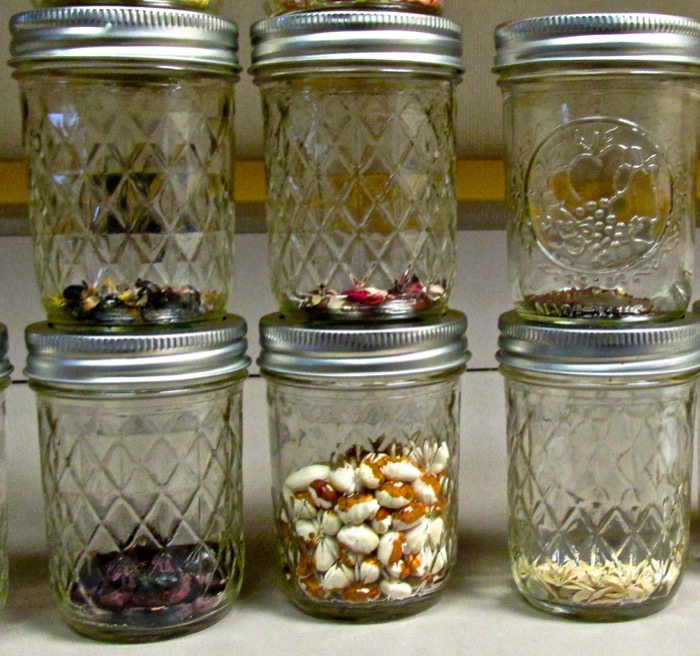
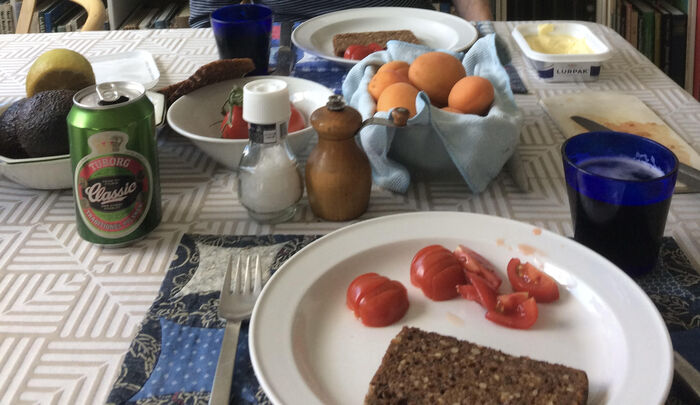
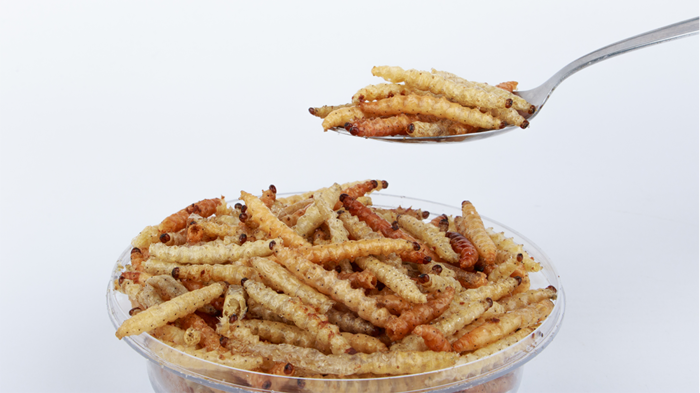
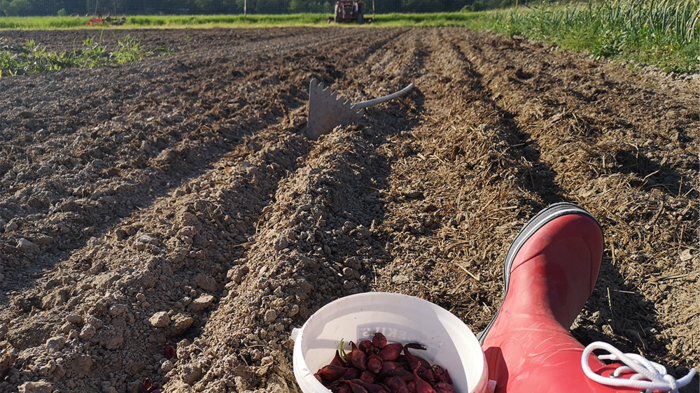
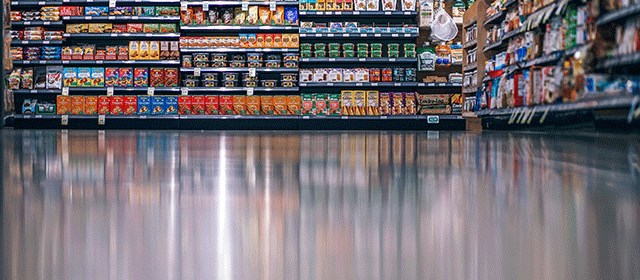
Logg inn for å kommentere
Ikke UiO- eller Feide-bruker?
Opprett en WebID-bruker for å kommentere